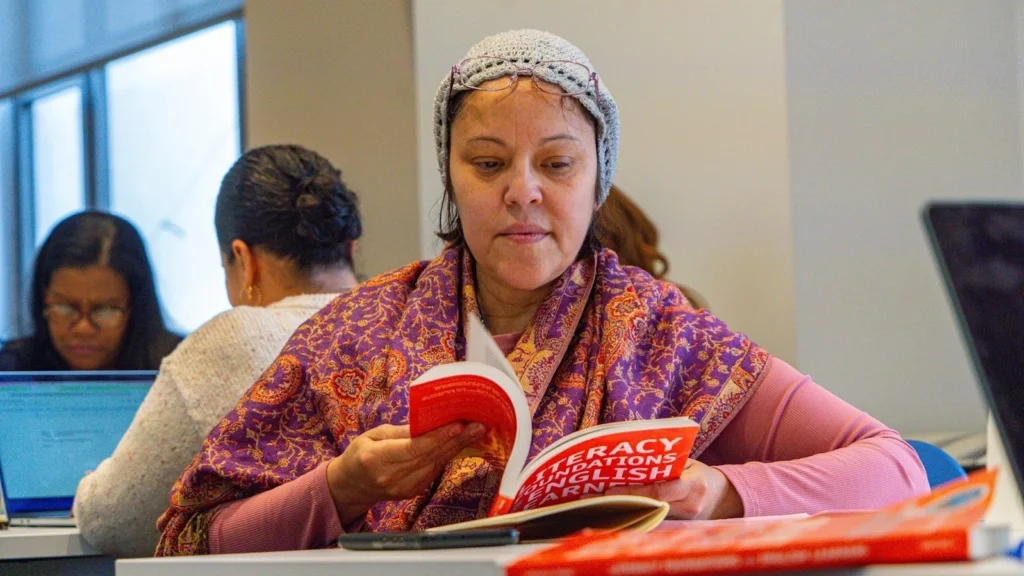Reading Research Overview
What are the key lessons from reading research? How can we apply them in the classroom? This section provides the context and the evidence base for what we offer on Reading Universe.
10 Maxims: What We've Learned So Far About How Children Learn to Read
Over the last 50 years, there's been a vast outpouring of research about reading development. Dr. G. Reid Lyon, a research scientist and neuropsychologist who oversaw the reading research program at the National Institutes of Health, distills the most essential findings into 10 maxims all teachers should know.

-
![Student wearing headphones working on a laptop in class.]()
Photo by Ming Lai The Meaning of NAEP ScoresWhat Do the NAEP Reading Scores Mean?
Scores on "the nation's report card" offer a snapshot of how kids across the U.S. are doing academically. If you’re a teacher, you may have felt the heat when NAEP scores stagnate or decline. But how do these national tests work? And what do the results really tell us? Reading Universe has answers for you.
-
![a representative group of students in the U.S.]() Read About U.S. Scores
Read About U.S. ScoresHow the U.S. Is Doing with Reading Instruction
How well we teach our kids to read has long-term implications for their lives and for the functioning of a democratic society. So how are we doing as a country? Dr. Sean Reardon and Sadie Richardson of Stanford University dig into the numbers from national and international assessments.
-
![building background with EL students]() ELs and Reading
ELs and ReadingEnglish Learners and Reading Research
More than 5 million students in grades pre-K-12 in the United States are classified as English Learners. Dr. Claude Goldenberg, professor emeritus at Stanford University, addresses whether and how reading research applies to this population.
-
![adult reading a book at a table]() Get Started
Get StartedReading Research: 12 Articles to Get Started
This list offers an entry point if you want to explore the seminal studies about literacy. These articles and reports collectively capture some of the ideas, evidence, and debate about what it takes to teach reading most effectively.
-
![A smiling teacher working with a small group of children at a table]() The Simple View
The Simple ViewThe Simple View of Reading and Scarborough's Rope
This list offers an entry point if you want to explore the seminal studies about literacy. These articles and reports collectively capture some of the ideas, evidence, and debate about what it takes to teach reading most effectively.
Reading Universe is made possible by generous support from Jim & Donna Barksdale; the Hastings/Quillin Fund, an advised fund of the Silicon Valley Community Foundation (opens in new window); the AFT (opens in new window); the Emily Hall Tremaine Foundation (opens in new window); and three anonymous donors.





